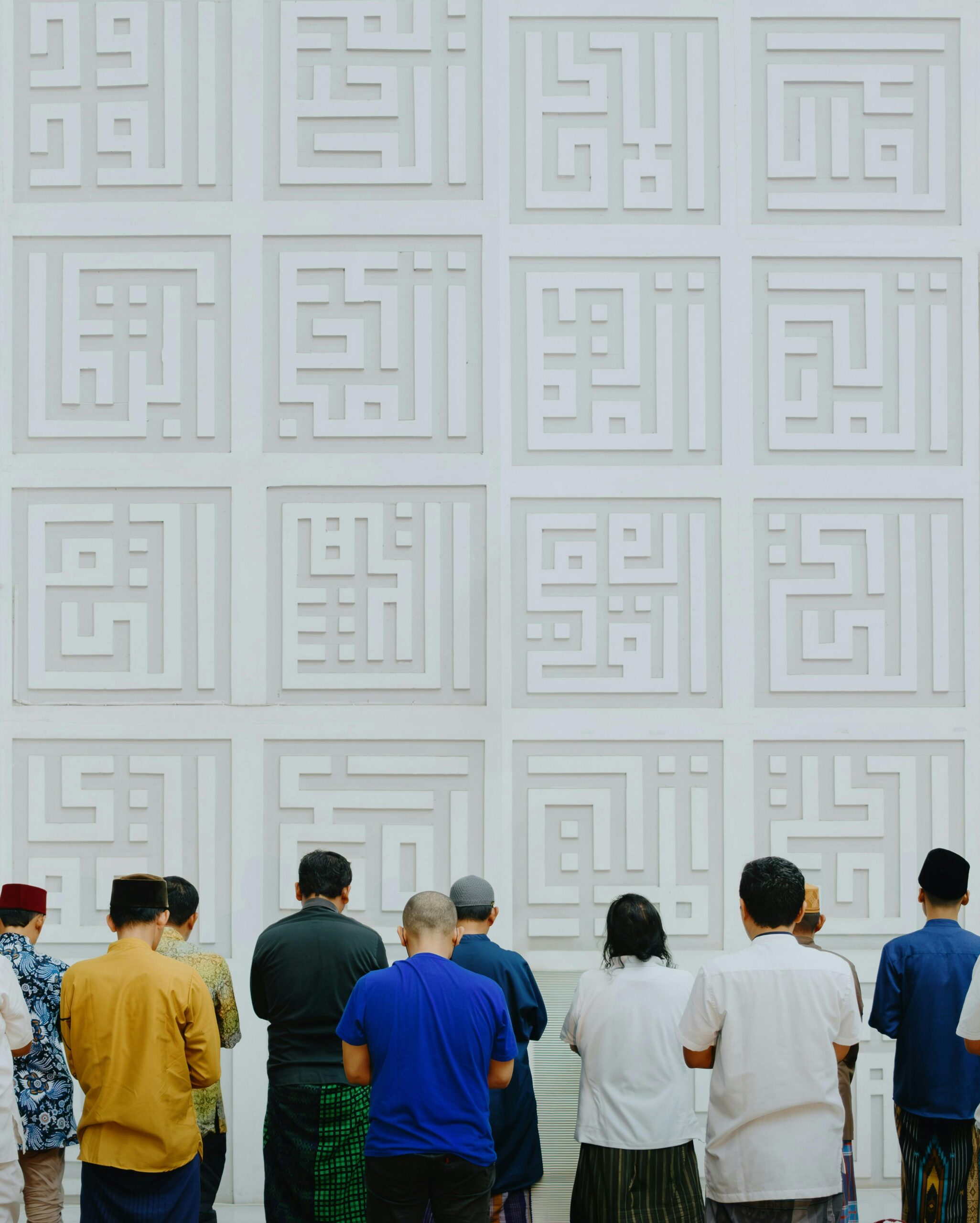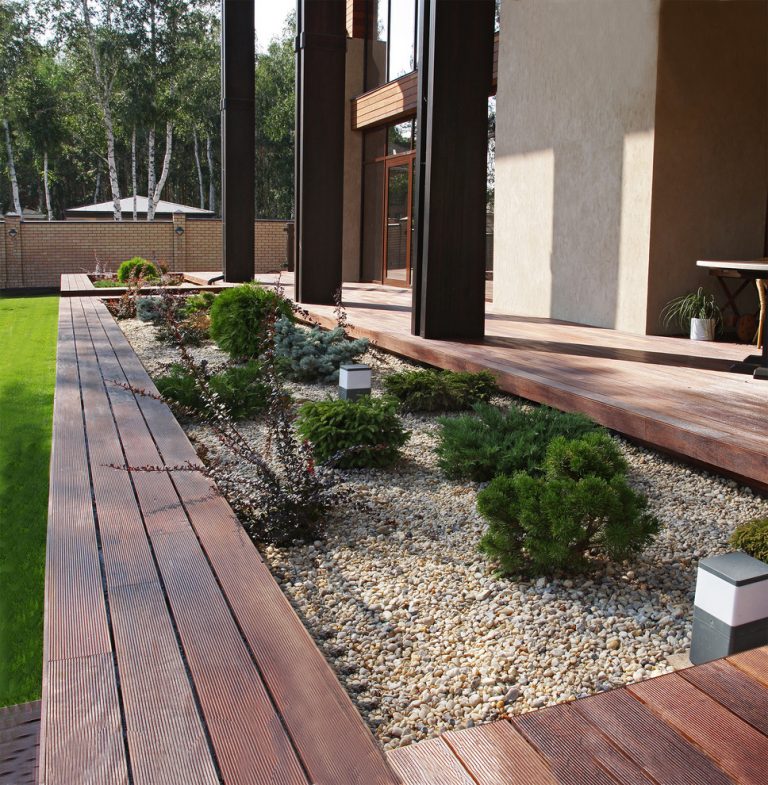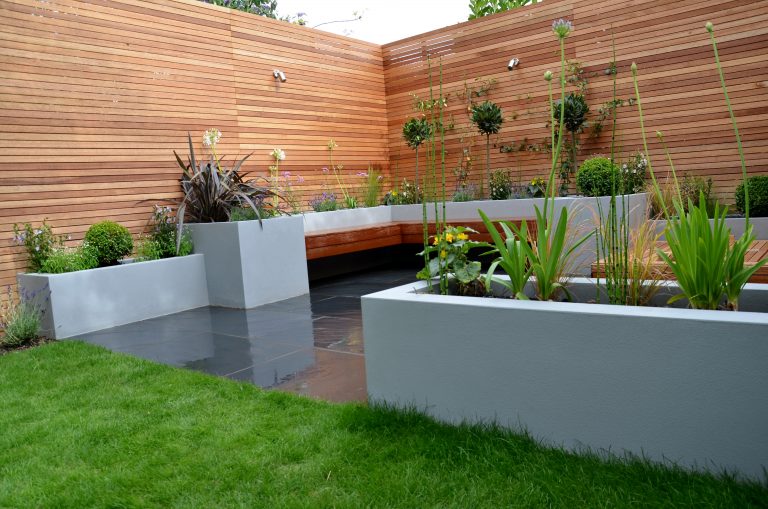Mastering Feng Shui for Modern Asian Interior Design: Create Harmonious Spaces
Beyond superstition: The modern soul of Feng Shui
You’ve meticulously crafted a modern Asian-inspired interior. The lines are clean, the palette is serene, and the furniture is thoughtfully chosen. Yet, something feels… off. Your space looks beautiful in photos, but does it truly feel like a sanctuary? This is a common disconnect in modern design, where aesthetics can overshadow atmosphere. Many hear “Feng Shui” and picture cluttered rooms with red tassels and jade statues, a style that seems incompatible with contemporary taste. But what if we told you that Feng Shui, at its core, isn’t about superstition? It’s a powerful design philosophy about energy, intention, and flow. It’s the ancient art of creating spaces that actively support your well-being. This guide will demystify its principles and show you how to seamlessly weave them into your modern home to create a space that is not just stylish, but truly harmonious.

This Photo was taken by Rachel Claire.
The five elements: Your new design palette
Forget complex charts and forget rigid rules. The heart of Feng Shui lies in balancing the Five Elements: Wood, Fire, Earth, Metal, and Water. Think of these not as literal objects, but as a designer’s toolkit for creating a specific mood and energy. Each element corresponds to certain colors, shapes, and materials that you are likely already using. The goal is to combine them consciously to create a balanced environment rather than one dominated by a single energy. A room with too much ‘Fire,’ for instance, might feel stressful, while one with too much ‘Water’ could feel stagnant. Achieving harmony is about creating a dynamic, supportive interplay between them all.
Weaving the elements into your modern space
Integrating these elements is subtle and intuitive. It’s about layering textures and materials to build a rich, multi-sensory experience that feels both grounded and vibrant. Here’s how you can translate them into modern design language:
- Wood: Represents growth and vitality. Incorporate this with tall, vertical shapes, live plants, and natural wood furniture. Exploring the principles of biophilic design is a perfect way to bring the Wood element to life.
- Fire: Symbolizes passion and energy. Use it sparingly with candles, pointed shapes like triangles, and warm, bright lighting. Accents in red, orange, or purple also channel this element.
- Earth: Provides stability and nourishment. Bring in this grounding energy with square shapes, earthy tones like sand and terracotta, and materials like ceramic or stone.
- Metal: Relates to clarity and precision. This aligns perfectly with modern aesthetics through the use of spherical or circular shapes, metallic finishes (chrome, brass, silver), and colors like white and grey. It complements a minimalist interior design approach beautifully.
- Water: Connected to flow and wisdom. Introduce this with wavy, asymmetrical forms, reflective surfaces like mirrors and glass, and deep colors like black or dark blue.
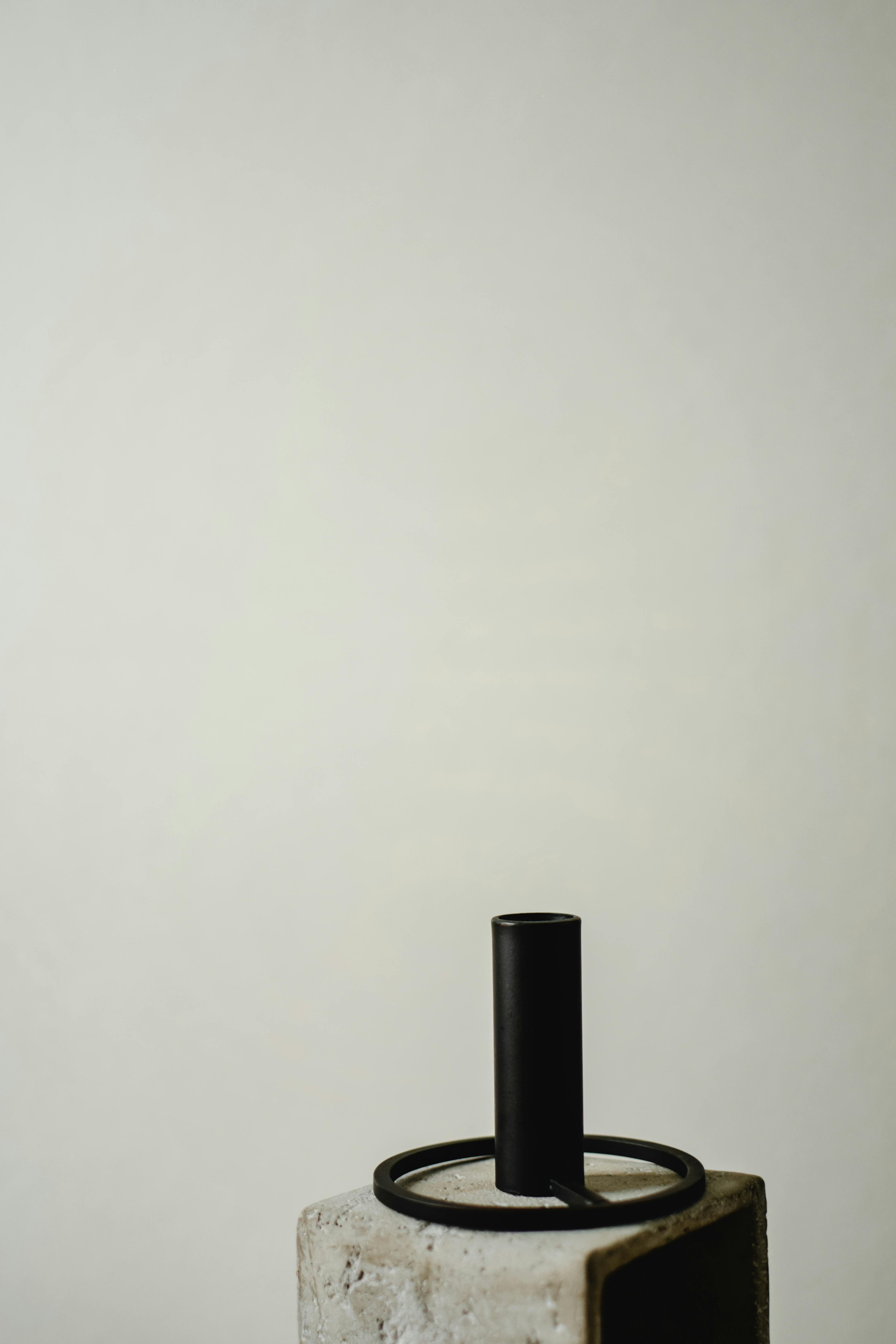
This Photo was taken by Eva Bronzini.
The Bagua map: Your home’s energy blueprint
The Bagua is one of the most powerful and practical tools in Feng Shui. It’s essentially an energy map that you overlay onto your home’s floor plan. The map is divided into nine areas, each corresponding to a different aspect of life, such as Wealth & Prosperity, Health & Family, and Career. By identifying these zones in your home, you can intentionally place objects, colors, and elements to enhance that specific area of your life. For modern, open-plan homes, you can apply the Bagua to the entire floor plan or to a single room. Start with your front entry design, as this is where energy, or Qi, enters your home.
A practical guide to mapping your space
To use the Bagua, stand at your front door looking in and mentally lay this three-by-three grid over your floor plan. The bottom of the grid aligns with the wall of your front door. According to a 2024 report by the Global Wellness Institute, the wellness real estate market is projected to grow significantly, showing a clear consumer desire for homes that actively contribute to well-being.
Here is a simplified guide to the Bagua areas and modern design suggestions:
| Bagua Area (from front door) | Life Aspect | Element | Modern Design Ideas |
|---|---|---|---|
| Back Left | Wealth & Prosperity | Wood | A healthy, thriving plant; a sleek purple lamp; items of value. |
| Back Middle | Fame & Reputation | Fire | Accent lighting; diplomas or awards; red-colored art. |
| Back Right | Love & Relationships | Earth | Pairs of objects (two candles, two chairs); soft textures; pink or white tones. |
| Middle Left | Health & Family | Wood | Family photos in wooden frames; healthy green plants; sturdy furniture. |
| Center | Well-being (Tai Chi) | Earth | Keep this area open and clear; an earthy-toned area rug; ceramic art. |
| Middle Right | Creativity & Children | Metal | Playful art; metallic circular frames; white accents. |
| Front Left | Knowledge & Self-Cultivation | Earth | A small bookshelf; a comfortable reading chair; blue or black accents. |
| Front Middle | Career & Life Path | Water | A mirror to expand opportunities; water-related art; black furniture. |
| Front Right | Helpful People & Travel | Metal | Art from travel; metallic objects; grey or white colors. |
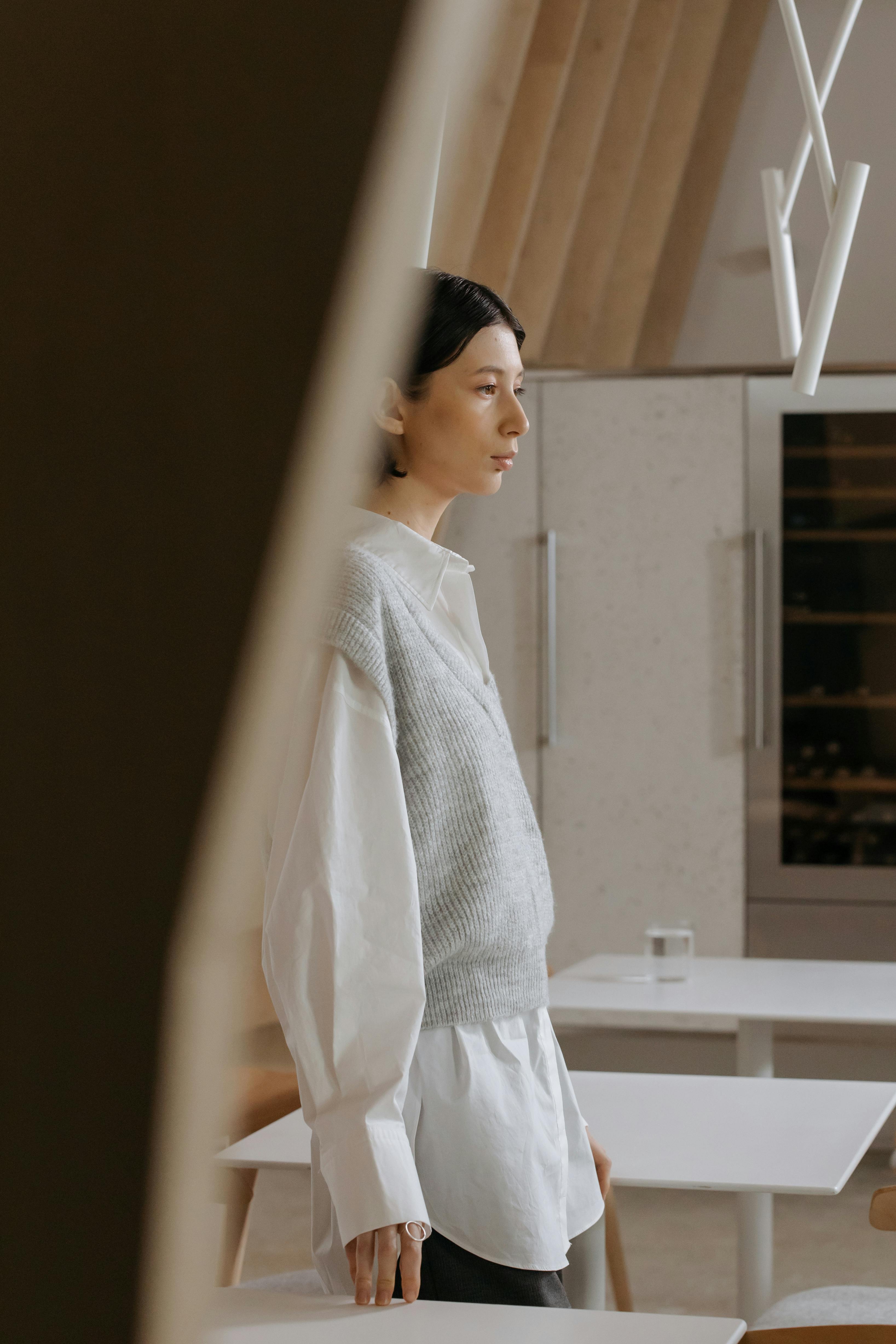
This Photo was taken by cottonbro studio.
Decluttering with intent: The power of ‘Qi’
If there’s one Feng Shui principle that has gone mainstream, it’s decluttering. But in Feng Shui, this is more than just tidying up; it’s about creating a clear path for positive energy (Qi) to flow through your home. Stagnant Qi, caused by clutter and obstruction, can lead to a feeling of being stuck or lethargic. When you clear physical clutter, you also clear mental and emotional clutter. Go through your space and remove anything that is broken, unused, or that you simply do not love. This practice aligns perfectly with a focus on sustainable interior design, where you prioritize fewer, better things. A clear, open space allows energy to circulate freely, promoting a sense of calm, clarity, and forward momentum in your life.
Frequently asked questions about modern Feng Shui
Can I still have a minimalist home with Feng Shui?
Absolutely. Feng Shui and minimalism are natural partners. Both prioritize intentionality, clear space, and the idea that everything in your home should have a purpose. Minimalism creates the perfect canvas for good Qi to flow. The key is to use the Five Elements and Bagua map to add subtle layers of energy and intention to your minimalist space.
Does my front door have to be a certain color?
While traditional Feng Shui has color recommendations based on direction, a modern approach is more flexible. The most important thing is that your front door is well-maintained, welcoming, and clearly marks the entrance to your home. It should feel like a positive threshold. If you do wish to use color, choosing one that corresponds to your ‘Career’ or ‘Helpful People’ Bagua area can be beneficial.
What’s the most important Feng Shui rule to follow?
The “Commanding Position.” This principle, highlighted in expert design articles, suggests that your bed, desk, and stove should be positioned so you can see the door to the room without being directly in line with it. This creates a subconscious sense of safety and control, reducing anxiety and allowing you to be fully at ease in your space.
Do I need to buy special Feng Shui cures?
No. This is a key part of modernizing Feng Shui. You do not need to buy specific “cures” like crystal geodes or money frogs. Instead, use the design elements you already love. A beautiful lamp can be your ‘Fire’ element. A healthy plant is your ‘Wood’ element. A mirror is your ‘Water’ element. It is about using modern decor with ancient intention. You can even consider how custom-made furniture can be designed to fit these principles perfectly.
How can I apply Feng Shui to my business or home office?
Feng Shui is incredibly effective for workspaces. Position your desk in the commanding position. Use the Bagua map on your office layout, placing your desk in the ‘Wealth’ or ‘Career’ area. Keep the space organized to encourage clear thinking. This strategic approach is part of how you can design your business for success from the ground up.

This Photo was taken by cottonbro studio.
From ancient wisdom to your harmonious home
Mastering Feng Shui for modern Asian interiors isn’t about adding clutter or following superstitious rituals. It is about subtraction, intention, and flow. It’s a return to the foundational belief that our environments profoundly shape our well-being, a concept that modern environmental psychology continues to validate. By understanding the core principles of the Five Elements, the Bagua map, and the flow of Qi, you gain a new lens through which to view your home. You can stop seeing it as just a collection of objects and start seeing it as a dynamic system that can support your goals and bring you peace. The true mastery lies in applying this ancient wisdom with a modern hand, creating a space that is not only visually stunning but is a true sanctuary for the soul. Your harmonious home is waiting for you; it just requires a little intention. A thoughtful design process is about choosing what’s suitable for you, and that applies to your home’s energy as much as its aesthetics. The same careful consideration that goes into a personal design choice like a tattoo should be applied to the design of your personal space.
